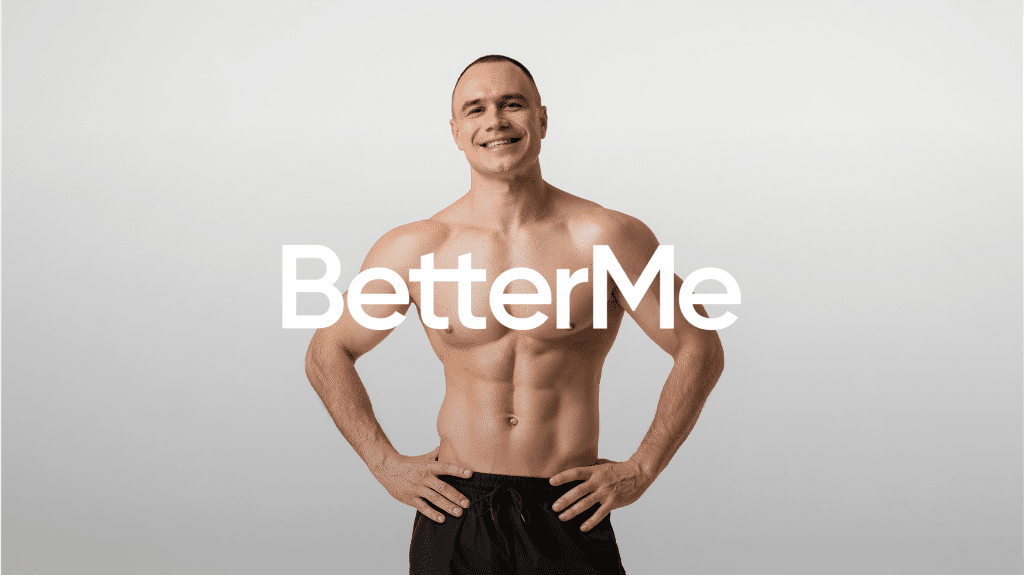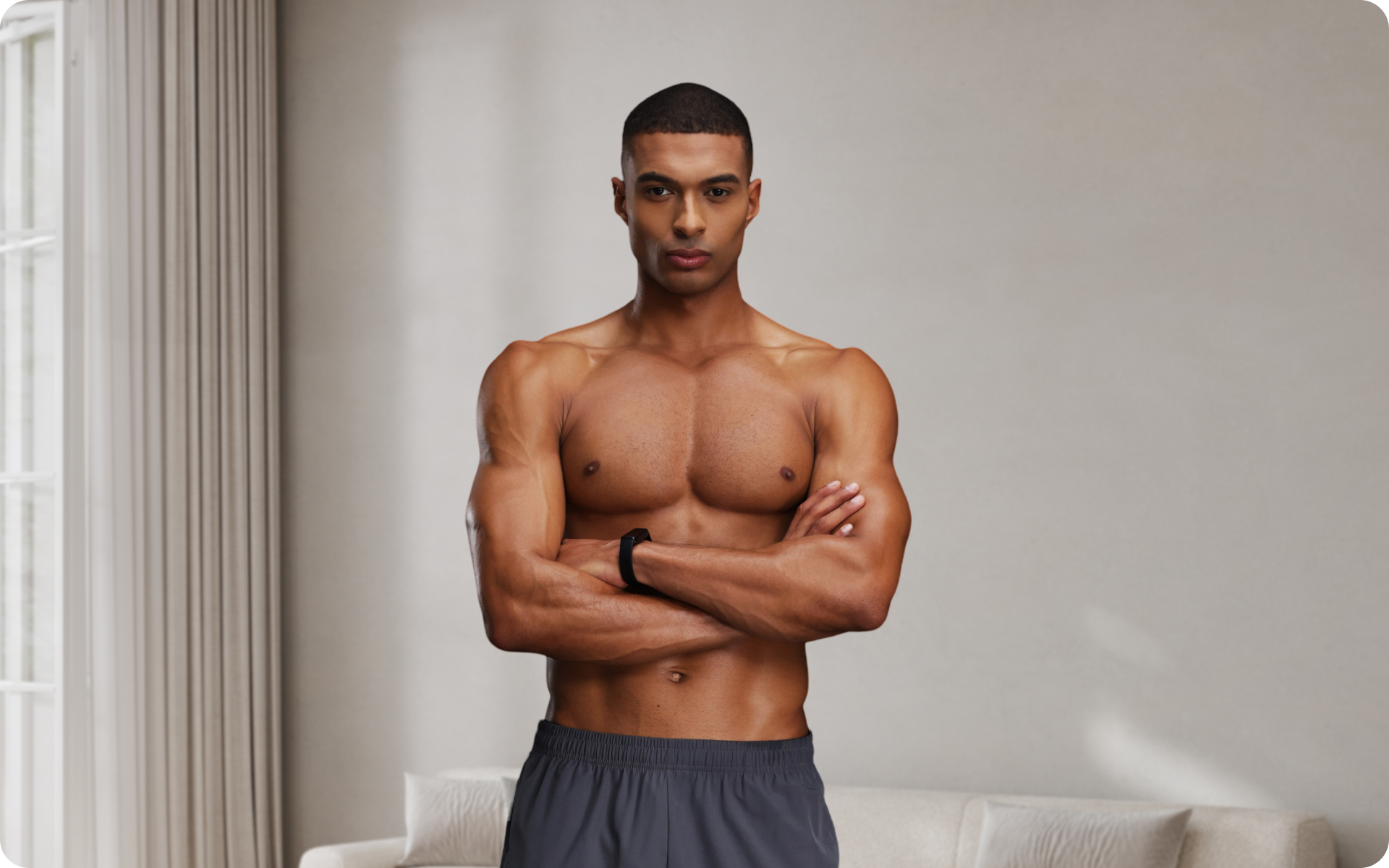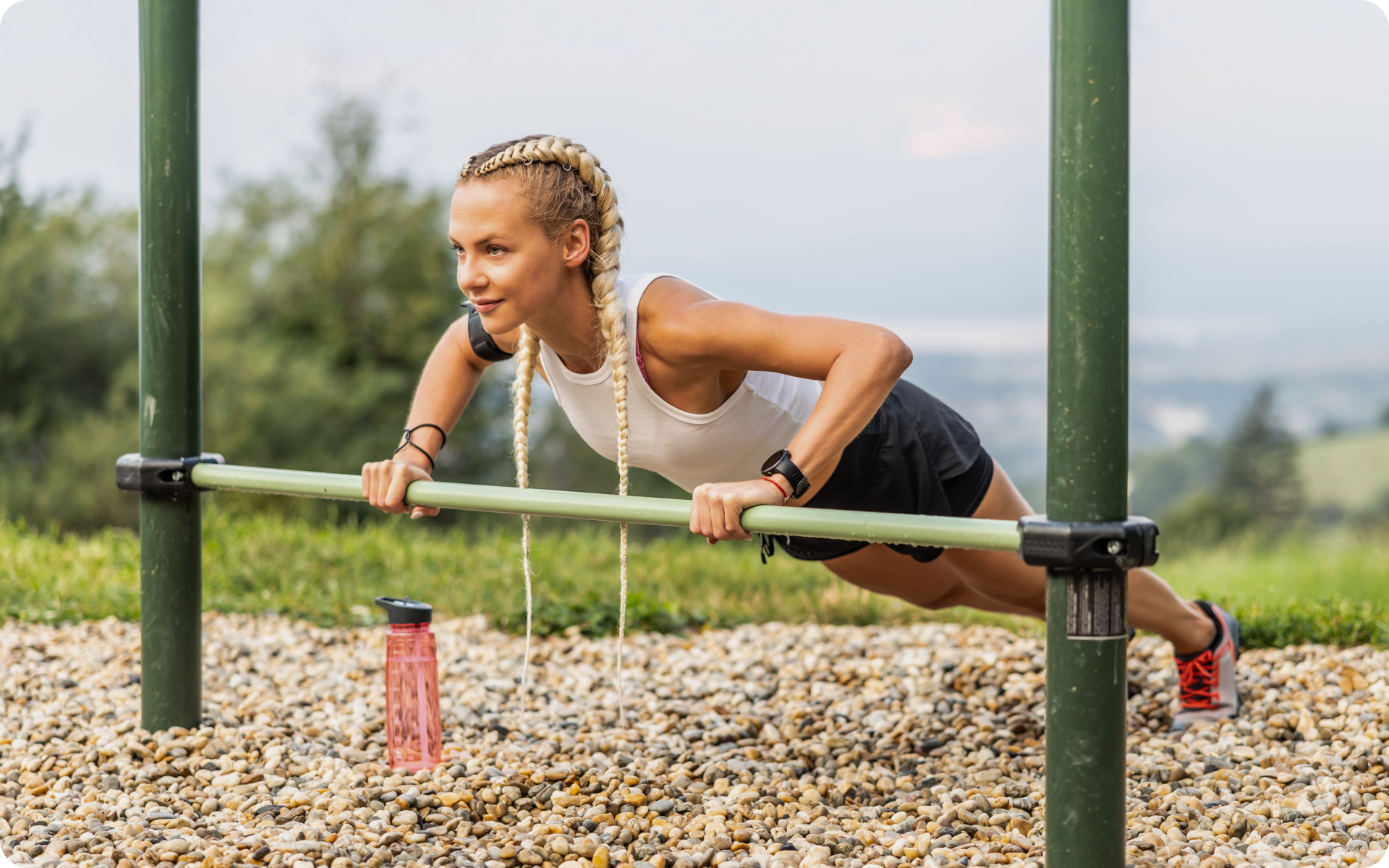Welcome to the world of weighted calisthenics, where the power of gravity meets your strength. This ultimate guide will take you on a journey through advanced bodyweight training, an innovative fitness realm that marries traditional calisthenics with additional weights. Weighted Calisthenics is not just about building muscle or strength; it’s about enhancing coordination, balance, and overall physical agility. By incorporating weights into your regular bodyweight exercises, you challenge your body to adapt and overcome new levels of resistance. This approach not only amplifies the intensity of your workouts but also accelerates your progress towards your fitness goals. Whether you’re a seasoned athlete or a fitness enthusiast looking to level up your routine, this guide will provide you with the knowledge and strategies needed to effectively integrate weighted calisthenics into your training regimen.
What Is Weighted Calisthenics?
Weighted calisthenics is an advanced form of bodyweight training that incorporates additional weights into traditional calisthenics exercises. This can be achieved by using weighted vests, ankle weights, or even a backpack filled with weights.
The aim is to increase the resistance and challenge your body beyond its comfort zone, promoting muscle growth, strength, and endurance. Traditional calisthenics relies on using one’s own body weight as resistance to perform exercises such as push-ups, pull-ups, squats, and lunges.
By adding weights to these exercises, you’re essentially increasing the difficulty and intensity of the workout, thereby forcing your muscles to work harder. This can lead to improved muscle tone, increased strength, and enhanced athletic performance.
Read More: 30-Day Calisthenics Workout Plan: 4 Customizable Calisthenics Plans For All Fitness Levels
Is Weighted Calisthenics Good?
Weighted calisthenics can provide numerous benefits, especially for those looking to add more challenge to their strength training routine. Here are some benefits of weighted calisthenics:
1. Progressive Overload
One of the key principles of strength training is progressive overload, which involves gradually increasing the stress placed on your body during exercise (7). In the context of weighted calisthenics vs weightlifting, both methods can effectively achieve progressive overload.
However, with weighted calisthenics, you’re not just lifting more weight; you’re also managing your body’s balance and coordination at the same time, leading to more comprehensive strength development.
2. Functional Strength Development
A full body weighted calisthenics workout engages multiple muscle groups simultaneously, mimicking movements we use in our daily lives.
This form of functional training can improve our ability to perform everyday activities with ease, from carrying groceries to climbing stairs.
It also promotes better intermuscular coordination, as exercises often involve compound movements that require several muscle groups to work together (1).
3. Enhanced Leg Strength
Weighted calisthenics leg workouts can provide a unique challenge as compared to traditional weightlifting. Squats and lunges with added weight, for example, not only increase leg strength but also improve balance and stability, as your body must adjust to the additional weight while maintaining proper form.
4. Improved Physique
Regularly following a weighted calisthenics routine can contribute to a lean and muscular physique. Unlike isolated weightlifting exercises, weighted calisthenics engage multiple muscle groups at once, leading to balanced muscle development across the entire body. This can result in a well-proportioned, athletic weighted calisthenics physique.
5. Versatility Of Training
With a calisthenics weighted vest or other simple equipment, you can turn any location into your gym. Whether you’re at home, in a park, or on vacation, you can continue your weighted calisthenics workout, making it a versatile choice for those with busy lifestyles or limited access to traditional gym equipment.
6. Customizable Difficulty Level
The difficulty of a weighted calisthenics routine can be easily adjusted to fit one’s fitness level. By adding or reducing the extra weight, you can customize the intensity of your workout. This flexibility allows for a personalized training program that can evolve as your strength and endurance improve.
7. Increased Core Strength
Weighted calisthenics workouts often engage the core muscles, leading to increased core strength and stability. This not only enhances performance in other exercises and sports but also contributes to improved posture and reduced risk of back pain (8).
The core plays a crucial role in stabilizing the body during weighted calisthenics, making these exercises particularly effective for core development.
BetterMe app will provide you with a host of fat-frying fitness routines that’ll scare the extra pounds away and turn your body into a masterpiece! Get your life moving in the right direction with BetterMe!
8. Improved Bone Health
Weight-bearing exercises like weighted calisthenics can increase bone density and strength. This is particularly beneficial as we age and naturally start to lose bone mass (2). Regularly engaging in weighted calisthenics can help combat this process and reduce the risk of osteoporosis.
9. Boosted Metabolism
Weighted calisthenics, similar to other forms of strength training, can boost your metabolism. This is because muscle burns more calories than fat, even at rest. By building more muscle through weighted calisthenics, you can increase your resting metabolic rate and burn more calories throughout the day (6).
10. Increased Power And Explosiveness
Weighted calisthenics can help improve power and explosiveness, which are crucial for athletic performance. Exercises like weighted jump squats or weighted burpees can enhance your ability to generate force quickly, benefiting sports and activities that require sudden bursts of power.
11. Enhanced Mental Toughness
The challenge of weighted calisthenics isn’t just physical; it’s mental too. Overcoming the difficulty of these exercises can build mental resilience and determination, qualities that translate to other areas of life.
12. Greater Body Awareness
Finally, weighted calisthenics can improve body awareness. As these exercises require coordination, balance, and precise control of movement, they can enhance your understanding of how your body moves and functions, leading to improved overall physical performance (5).
Does Weighted Calisthenics Increase Testosterone?
There’s a common belief that strength training, such as weighted calisthenics, can increase testosterone levels. Testosterone is a hormone that plays a crucial role in building muscle mass and strength, among other things (3).
Scientific research supports the idea that resistance training, including weighted calisthenics, can cause acute spikes in testosterone levels (9). A study published in the Journal of Applied Physiology found that resistance training leads to increased testosterone production, which can aid in muscle growth and repair.
In terms of weighted calisthenics specifically, while there may not be direct studies on this particular form of exercise, it is a type of resistance training. Therefore, it can be inferred from existing research on resistance training that weighted calisthenics could potentially have similar effects on testosterone levels.
However, it’s important to note that these increases are typically temporary and may not necessarily lead to long-term changes in baseline testosterone levels. The impact of exercise on long-term testosterone levels is still a topic of ongoing research.
Furthermore, the increase in testosterone levels can also depend on other factors such as the individual’s age, fitness level, the intensity of the workout, and the volume of muscle mass involved in the exercise.
That said, while weighted calisthenics can potentially lead to acute increases in testosterone levels, more research is needed to fully understand its long-term effects. As always, it’s recommended to maintain a balanced approach to fitness, incorporating various forms of exercise, adequate rest, and proper nutrition for optimal hormonal health.
Read More: Master Bodyweight Training With Different Types Of Calisthenics
Is Weighted Calisthenics Better Than Calisthenics?
The question of whether weighted calisthenics is “better” than traditional calisthenics largely depends on individual fitness goals and levels of experience.
Traditional calisthenics uses your own body weight as resistance and typically includes exercises like push-ups, pull-ups, squats, and lunges. This form of training can effectively build muscle strength, improve flexibility, boost endurance, and enhance coordination.
It’s also highly accessible, as it requires minimal equipment and can be done almost anywhere. For beginners or those looking to maintain general fitness, traditional calisthenics can be an excellent choice.
Weighted calisthenics, on the other hand, involves adding extra weight to calisthenics exercises. This could be through a weighted vest, a backpack filled with weights, or ankle weights.
The additional resistance forces your muscles to work harder, which can lead to greater gains in strength and muscle mass over time. It can also help break through plateaus in your training.
However, weighted calisthenics comes with increased difficulty and a higher risk of injury if not performed correctly. It’s generally recommended for individuals who have already mastered the basics of calisthenics and are looking to challenge themselves further.
Neither form of exercise is inherently “better” than the other. Instead, the best choice depends on your personal fitness goals, your current level of strength and experience, and your preference. Always listen to your body and progress at a pace that feels right for you.
Can You Do Weighted Calisthenics Everyday?
While it’s technically possible to do weighted calisthenics every day, it may not be the most beneficial approach in terms of recovery and muscle growth. Training frequency is an important consideration in any fitness program, and finding the right balance is key.
Resistance training, including weighted calisthenics, causes microscopic damage to the muscle fibers. This is a normal part of the process and is actually necessary for muscle growth (10).
When you rest, your body repairs these damaged fibers and builds them back stronger and larger than before. This is why rest days are so crucial – they allow this repair and growth process to happen (3).
If you were to train the same muscle groups intensely every day without allowing for adequate recovery, you could potentially hinder the muscle growth process and increase your risk of overuse injuries.
That being said, the optimal training frequency can vary depending on a variety of factors, including your overall fitness level, goals, and the intensity of your workouts. As a general guideline, it’s often recommended to allow at least 48 hours of rest between intense workouts targeting the same muscle group.
You could technically do weighted calisthenics exercises every day if you’re alternating between different muscle groups (for example, upper body one day, lower body the next). This allows each muscle group to rest and recover while you’re working other muscles.
It’s also important to listen to your body. If you’re feeling excessively fatigued, experiencing decreased performance, or noticing persistent muscle soreness, it might be a sign that you need more recovery time.
Betterme will keep you laser-focused on your weight loss journey! Nutrient-packed meal plans, fat-blasting workouts, galvanizing challenges and much more. Try using the app and see for yourself!
What’s A Good Full Body Weighted Calisthenics Workout?
Warm-Up
Begin with a 5-10 minute warm-up to prepare your body for the workout. This could include light cardio (like jogging or jumping jacks) and dynamic stretches.
Workout
Weighted Pull-Ups
- Stand below a pull-up bar. Put on a weight belt or hold a dumbbell between your feet.
- Grip the bar with your hands shoulder-width apart and palms facing away from you.
- Pull yourself up until your chin is above the bar, then slowly lower yourself down.
- Repeat for 3 sets of 6-12 reps.
Weighted Push-Ups
- Begin in a high plank position with a weight plate on your back.
- Bend your elbows to lower your body towards the floor, keeping your body in a straight line.
- Push back up to the starting position.
- Repeat for 3 sets of 10-15 reps.
Weighted Squats
- Stand with feet hip-width apart, holding a kettlebell or dumbbell in front of your chest.
- Lower your body as if sitting back into a chair, keeping your chest upright and knees over your toes.
- Push back up to the starting position.
- Repeat for 3 sets of 12-15 reps.
Weighted Lunges
- Stand upright holding a pair of dumbbells at your sides.
- Step forward with one foot and lower your body until your front knee is at a 90-degree angle.
- Push back up to the starting position and repeat with the other leg.
- Repeat for 3 sets of 10-12 reps per leg.
Weighted Planks
- Get into a forearm plank position with a weight plate on your back.
- Keep your body in a straight line from head to heels.
- Hold this position for 30-60 seconds.
Cool-Down
Finish your workout with a 5-10 minute cool-down consisting of light cardio (like walking) and static stretches to help your muscles recover.
Remember, the weights and reps mentioned are just guidelines. Adjust according to your fitness level and goals, and always consult with a fitness professional if you’re unsure about the correct form or how to adjust the workout for your needs.
Frequently Asked Questions (FAQ)
How To Do Weighted Calisthenics?
A: To do weighted calisthenics, you’ll need to add some form of external weight to traditional bodyweight exercises. This can be done using a weight vest, ankle weights, a dip belt with plates, or even a backpack filled with weights. The added weight should be challenging but not so heavy that it compromises your form.
How To Start Weighted Calisthenics?
Start by mastering the basics of bodyweight exercises first. Once you’re comfortable with these and can perform them with good form, gradually add weight to increase the challenge.
Begin with lighter weights and work your way up as your strength improves. Always prioritize proper technique over the amount of weight used.
Is Weighted Calisthenics Better Than Bodybuilding?
Both weighted calisthenics and bodybuilding have their merits and can help improve strength and muscle mass.
The choice between the two often comes down to personal preference, goals, and available equipment. Weighted calisthenics can offer benefits like improved functional strength and body control, while bodybuilding tends to focus more on isolated muscle growth.
Does Calisthenics Build Strength Better Than Weights?
Calisthenics and weightlifting both build strength, but in different ways. Calisthenics uses your body weight and engages multiple muscle groups at once, improving overall body strength, balance, and flexibility.
Weightlifting, on the other hand, allows for more targeted strength gains and easier progression in weight. Both have their place in a balanced fitness program.
When Should I Start Weighted Calisthenics?
You should consider starting weighted calisthenics once you’re comfortable with basic bodyweight exercises and are able to perform them with good form. Adding weight before you’re ready can lead to poor form and potential injuries. It’s always a good idea to consult with a fitness professional when starting a new type of training.
Does Weighted Calisthenics Build Muscle?
Yes, weighted calisthenics can effectively build muscle. By adding weight to traditional bodyweight exercises, you can increase the resistance your muscles have to work against, leading to muscle growth. Keep in mind that proper nutrition and adequate rest are also essential for muscle building.
The Bottom Line
Weighted calisthenics takes traditional bodyweight exercises to the next level, providing a challenging and effective way to build strength, muscle mass, and functional fitness. With a thoughtful approach to training frequency, recovery, and exercise selection, you can harness the power of weighted calisthenics to reach your fitness goals.
Whether you’re a seasoned athlete or a fitness enthusiast looking to break through plateaus, this ultimate guide can provide the insights and techniques you need for advanced bodyweight training.
DISCLAIMER:
This article is intended for general informational purposes only and does not serve to address individual circumstances. It is not a substitute for professional advice or help and should not be relied on for making any kind of decision-making. Any action taken as a direct or indirect result of the information in this article is entirely at your own risk and is your sole responsibility.
BetterMe, its content staff, and its medical advisors accept no responsibility for inaccuracies, errors, misstatements, inconsistencies, or omissions and specifically disclaim any liability, loss or risk, personal, professional or otherwise, which may be incurred as a consequence, directly or indirectly, of the use and/or application of any content.
You should always seek the advice of your physician or other qualified health provider with any questions you may have regarding a medical condition or your specific situation. Never disregard professional medical advice or delay seeking it because of BetterMe content. If you suspect or think you may have a medical emergency, call your doctor.
SOURCES:
- 5 Benefits of Compound Exercises (2016, acefitness.org)
- Exercise & Bone Health (n.d., healthybonesaustralia.org.au)
- Effect of testosterone on muscle mass and muscle protein synthesis (1989, nih.gov)
- Effects of Consecutive Versus Non-consecutive Days of Resistance Training on Strength, Body Composition, and Red Blood Cells (2018, nih.gov)
- Metabolic Effects of Exercise (2016, nih.gov)
- Massage and Exercise Increase Body Awareness in Healthy Adults: A Randomized Placebo Controlled Trial (2023, medrxiv.org)
- Progression of volume load and muscular adaptation during resistance exercise (2014, nih.gov)
- The real-world benefits of strengthening your core (2012, harvard.edu)
- Testosterone physiology in resistance exercise and training: the up-stream regulatory elements (2010, nih.gov)
- The mechanisms of muscle hypertrophy and their application to resistance training (2010, nih.gov)














